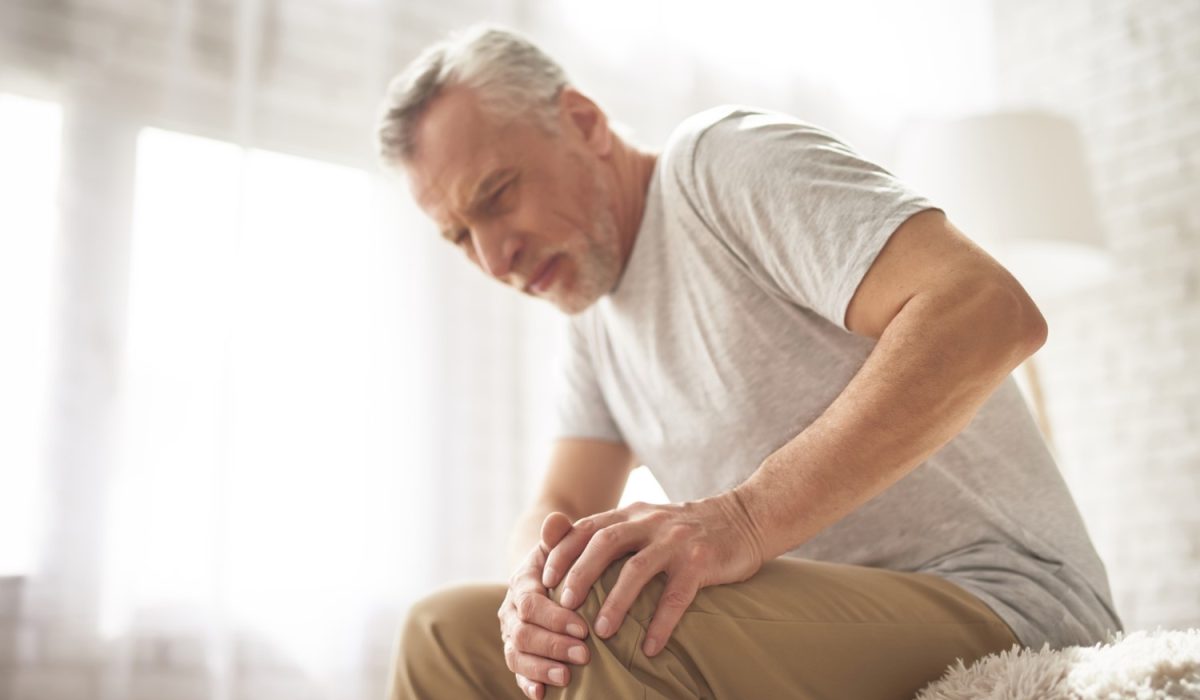Knee Pain: How it feels like?
Knee pain is the most common complaint from all age groups, and it could be due to knee injury or any underlying conditions like gout, arthritis, etc.
Many types of minor knee pains get set by following simple self-care measures; one such measure is exercise. Here is an essential set of activities that helps you deal with your knee pain. Talk to your physiotherapist before choosing to practice them.
Before starting any exercise, you must warm up your body; warm-up exercises include a 2-minute brisk walk, 15-20 pushes or simple hand rotations. Doing this will help you get effective results from your workout, prepare you to stretch, and lower your risk of injury.
Check out these exercises:
1. Straight leg raises
It would help if you started with a simple strengthening exercise for your quadriceps (muscles in the front of the thigh). This puts a little strain on the knee. Now, lie on your back on any flat surface. Bend one of the knees and place your foot flat on the floor. Ensure that the other knee is kept straight.
Repeat 10-15 times for three sets.
2. Hamstring curls
Hamstring muscles are those along the back of your thigh. While performing this, you must lie flat on your stomach. Gradually bring your heels close to your buttocks and hold them in the same position. Do three sets of 15. You can also perform this exercise while holding onto a chair and lifting one leg at a time. If this becomes too easy, you can add ankle weights, slowly increasing the weight from 1 to 2 kgs.
3. Prone straight leg raises
Keep your legs straight and lie on your stomach. Tighten the bottom and the hamstring muscles of one leg, and lift towards the ceiling. Hold in this position for about 3-5 seconds and repeat it. Do 10-15 lifts and switch the sides. As you gain strength, you can try adding ankle weights. If you feel backache, you should limit the height you lift; if it continues to hurt, discontinue the exercise, and talk to your physiotherapist.
4. Wall squats
For this exercise, you must stand against the wall and make sure your feet are about shoulder-width apart. Slowly bend your knees by keeping the back and pelvis against the wall.
Hold in the position for about 5-10 seconds. If you feel discomfort in your knees, change your position. Repeat the exercise and hold the sit position a few seconds longer.
5. Step-ups
This is a simple exercise, for this Place one foot on a step bench or the step of a staircase. Keeping up your pelvis level, bend your knee and slowly lower the opposite foot towards the floor. Repeat 10-15 times and switch legs; if this gets easier, use a higher step, or touch your heel rather than your toe.
6. Calf raises
Stand facing the back of a chair. You can also do this on the stairs, holding on to the railing with your heels hanging off the edge of the step. Slowly raise the heels as high as you can, and then lower. Do three sets of 10-15. When it gets easy, lift one foot slightly off the floor, with all your weight on the other foot.
7. Side leg raises
Stack up your legs, turning towards the side. Slowly lift one leg and lie on the side as is. Straighten the top leg and make the angle 45 degrees. Hold the position for 5 seconds, lower and relax for some time, then repeat 10 -15 times. Do the same with the other leg flipping to the other side.
Talk to your physiotherapist about which specific exercises are good for you.


